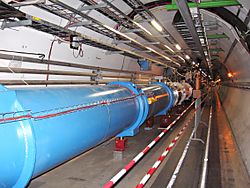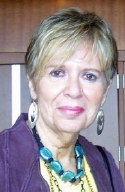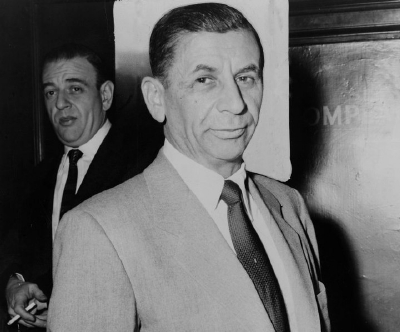
If you would like to have your photography considered for internationalpsychoanalysis.net’s Photography Friday, please send your jpegs to Joel Seligmann, the Photography Editor, at joel@theverybest.com
Click Here to Read: Physicists Detect Neutrinos for First Time Using Large Hadron Collider: The detection represents a “significant breakthrough”—and proves the value of an upcoming experiment By Isaac Schultz on the Gizmodo.com website on November 29. 2021.
Cern Large Hadron Collider Image: Julian Herzog Public Domain via Wikimedia Commons

Click Here to Read: Psychoanalytic Work in Today’s World: What Would Freud Think? by Jane S. Hall
Presentation given at Metropolitan Institute for Training in Psychoanalytic Psychotherapy (MITPP), 2009. Mt. Sinai Dept. of Psychiatry, 2010.
From the Presentation:
It is 2009: 100 years since Freud brought psychoanalysis to America delivering his introductory lectures at Clark University. The world has changed vastly since Freud created his baby. What kid of parent would he have been during separation/individuation, adolescence, and adulthood? And, just what is psychoanalytic work in today’s world? This paper touches on the some of the developmental difficulties of psychoanalysis, and suggests that, unlike Freud and his disciples, we try to listen to each other with open minds and a learning ears. We must respect the separation/individuation phase and cultivate our acceptance of “the other.” Individuation implies autonomy, seemingly at odds with institute life here in America. Factionalism during what some call the demise of psychoanalysis is suicidal. Listening to like minded individuals is soothing and helpful, but listening as well to those who challenge ‘received wisdom’ can lead to growth. As for psychoanalytic work – I will talk briefly about how I have evolved from my orthodox roots.

Click Here to Read: Tough Jews, Las Vegas, and the Legacy of Meyer Lansky: He left a disturbing legacy of inexcusable violence, but endures as a humanized figure of intense fascination for the American public by Larry Greenfield on the Jewish Journal website. Meyer Lansky in 1958, cropped. Image: Al Ravenna, World Telegram staff photographer. Public Domain via Wikimedia Commons.
